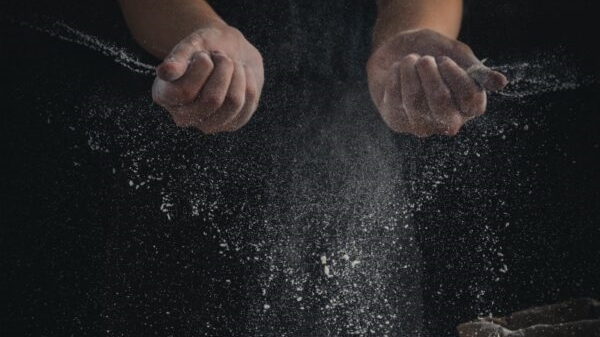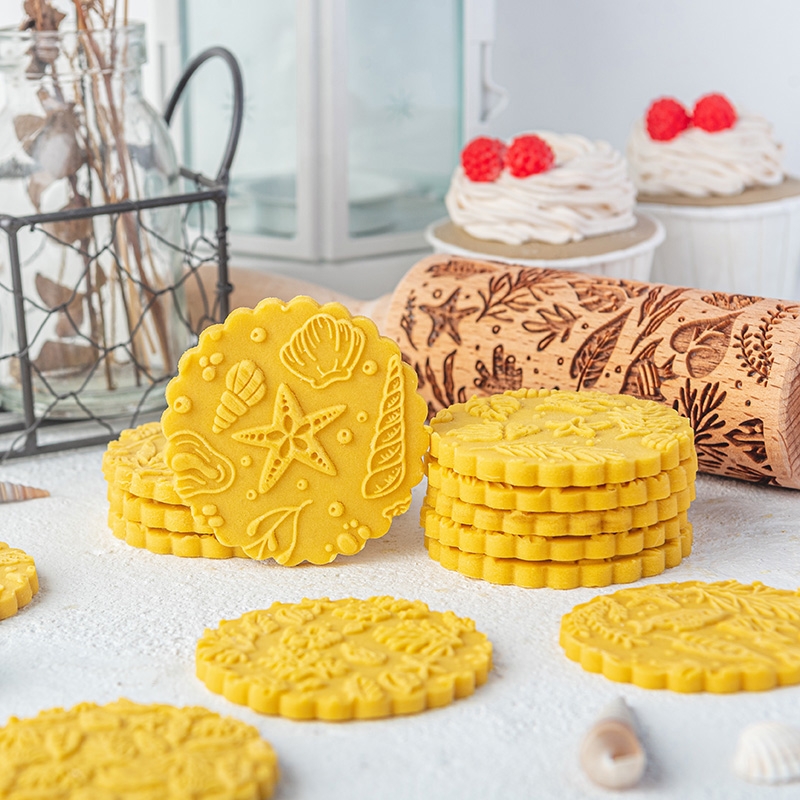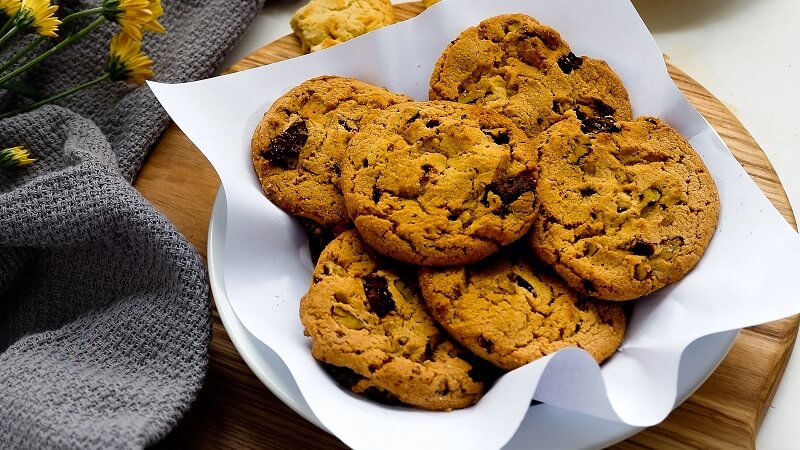
How To Make Homemade Pizza:Essential Tips and Precautions
Learn how to make homemade pizza with a simple, delicious recipe that rivals your favorite restaurant! This dough is a breeze to prepare and bakes

A rolling pin is a baker’s best friend when it comes to turning out perfect pies, cookies, pastries and more. While it may seem simple, there are actually several techniques that can help you get the most out of your rolling pin. Master these tricks and you’ll be rolling dough like a pro in no time!

Getting flawless results starts before you even pull out your rolling pin. Here are some key dough prep tips:
Applying just the right rolling technique gives you beautifully uniform dough thickness:
Adapting your technique to the shape you want achieves perfect results:

Certain doughs require a special touch:
Get creative with your rolling pin! Stamped and engraved pins can make decorative dough:
With the right prep, rolling technique and creativity, your rolling pin can help you consistently produce the perfect dough for any baking need.
Take care to handle the dough gently, roll it evenly in all directions, flatten the dough to the ideal thickness and use decorative pins for showstopping results.
In no time, you’ll be rolling dough like a confident baking pro!


Learn how to make homemade pizza with a simple, delicious recipe that rivals your favorite restaurant! This dough is a breeze to prepare and bakes

Have you ever felt like a screaming cat in the kitchen, especially when your biscuit attempts seem more like baking blunders? Well, it’s time to

Every baker knows that a rolling pin can be both a best friend and a formidable foe in the kitchen. Mastering the art of removing

As the holiday season approaches, the charm of Christmas decorating candy becomes irresistible. It’s not just about the sweetness; it’s about adding a personal touch

Learn how to make homemade pizza with a simple, delicious recipe that rivals your favorite restaurant! This dough is a breeze to prepare and bakes

Have you ever felt like a screaming cat in the kitchen, especially when your biscuit attempts seem more like baking blunders? Well, it’s time to

Every baker knows that a rolling pin can be both a best friend and a formidable foe in the kitchen. Mastering the art of removing

As the holiday season approaches, the charm of Christmas decorating candy becomes irresistible. It’s not just about the sweetness; it’s about adding a personal touch
Copyright © 2024 bakemasterrollingpin. All Rights Reserved.